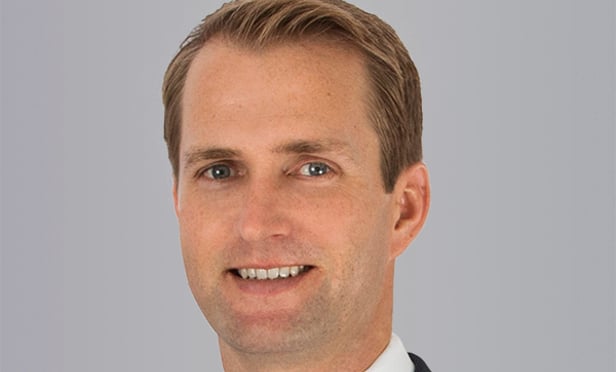SAN DIEGO—The concept of timeshare space for smaller medical providers looking to cut overhead and avoid long-term lease commitments is starting to gain attention, Cushman & Wakefield's senior director, healthcare practice group, Travis Ives tells GlobeSt.com. According to a recent report from the firm, the San Diego medical-office market continues to tighten, and another recent medical-office report from JLL found San Diego medical-office occupancy increased in the first quarter of the year, posting an increase of 28,144 square feet of positive net absorption.
The current overall San Diego County direct vacancy rate of 6.6 is 51% lower than in 2009, when it peaked at 13.6%, the JLL report continues. Most all of the San Diego medical-office submarkets recorded minor movement in their total occupancy in the first quarter, with only two submarkets recording positive or negative movement greater than 10,000 square feet: the Oceanside/Vista submarket increased its occupancy by 32,728 square feet, dropping into single-digit vacancy (9.8%) for the first time since 2008. La Jolla/UTC/Sorrento posted 20,146 square feet of positive net absorption. Also, the weighted average asking rental rate for medical office space continues to climb, with a current year-over-year increase of 4.9% for the county overall.
We spoke with Ives about the report and how the low vacancy rate is affecting development of medical-office space in this market.
Recommended For You
Want to continue reading?
Become a Free ALM Digital Reader.
Once you are an ALM Digital Member, you’ll receive:
- Breaking commercial real estate news and analysis, on-site and via our newsletters and custom alerts
- Educational webcasts, white papers, and ebooks from industry thought leaders
- Critical coverage of the property casualty insurance and financial advisory markets on our other ALM sites, PropertyCasualty360 and ThinkAdvisor
Already have an account? Sign In Now
*May exclude premium content© 2025 ALM Global, LLC, All Rights Reserved. Request academic re-use from www.copyright.com. All other uses, submit a request to [email protected]. For more information visit Asset & Logo Licensing.









